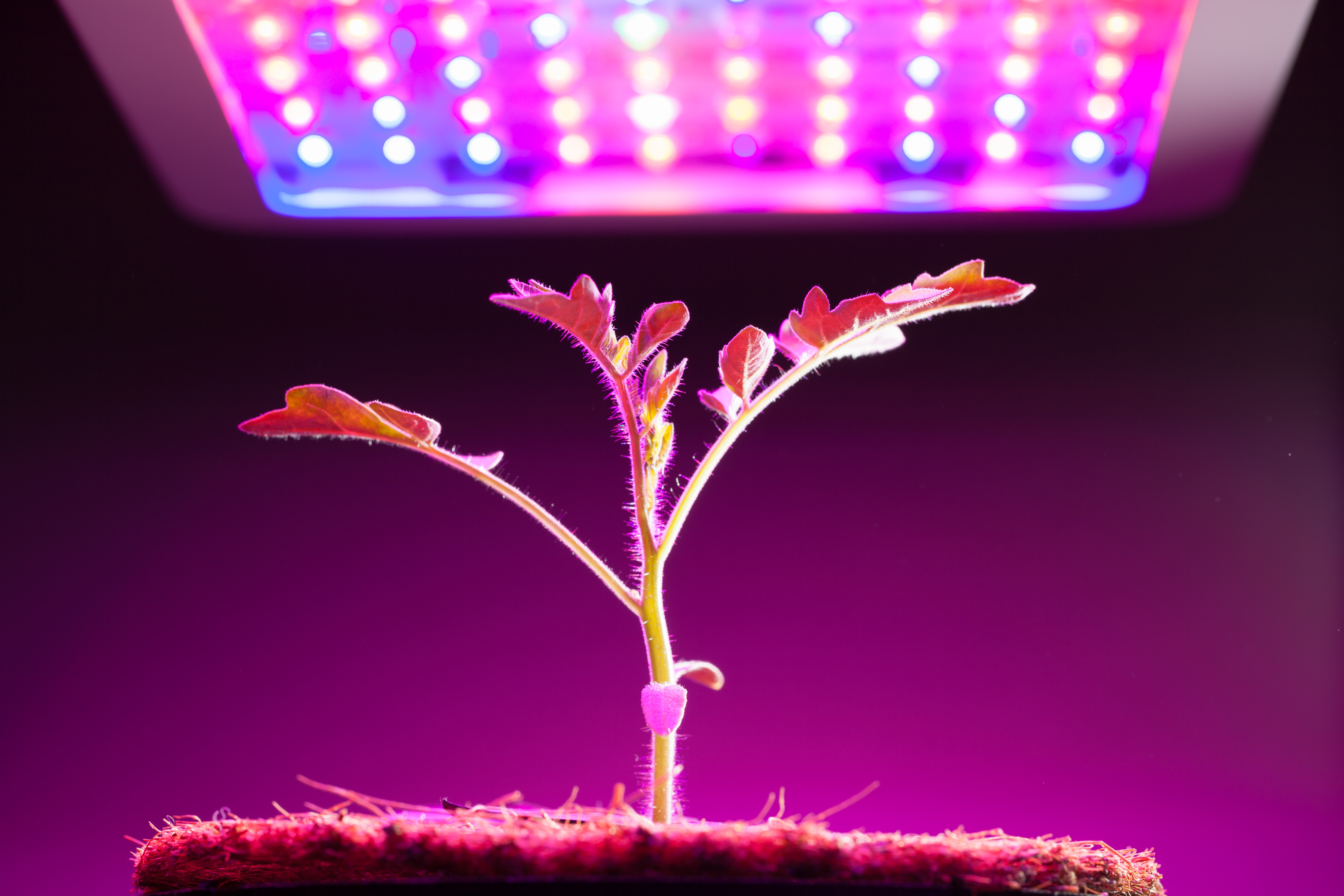Here's Why You WANT to Grow Inside With a Grow Tent

Whether you are growing vegetables or cannabis, horticulture can be a rewarding hobby that can scale into bigger operations the deeper your interest. When starting out, most hobbyists think of the outdoors when it comes to cultivation. But indoor growing has been a viable option for beginners, especially with a grow tent, and these are the reasons why.
Allows Year Round Growing
Gardening outside will leave your plants exposed to the elements which can widely vary seasonal basis. They can be affected by many weather conditions including heat, humidity, rain, snow, and strong winds. And while ample sunlight will promote photosynthetic growth, there is no turning on the sun back on when it sets. These changing weather conditions also dictate what kind of plants you are able to grow so it can be restrictive.
Growing inside with a grow tent will allow you to produce the plants and vegetables that you desire without having to worry about the optimal temperature and humidity. For example, peppers grow best when they are planted during times of warm weather and don’t fare very well in the winter. So if you want some heat in your favorite dishes year round, growing them inside will be possible no matter the season outside.
Achieves Consistent Lighting
No matter what plant you are growing, it needs the light of the sun to photosynthesize and provide you the best possible yield. Exposure to sunlight is best during the day but can wane as the day progresses or as the weather changes. This inconsistency in weather conditions can result in fruits of different sizes or plants in different stages of its growth cycle.
Moreover, the different stages of a plant’s life have optimal color temperatures of light that promote growth. The sunlight’s color temperature changes from morning to dusk; it appears warm in the morning, cool during the day, and warm again in the evening. Because of this wavering, plants are not exposed to their ideal kelvin for their growth stage.

By growing your plants inside and using a grow light over them, you will have control over the intensity and consistency of the light they are exposed to. If you are using a grow tent, you can use its reflective interior to maximize and intensify the light. The inner walls reflect and diffuse the light to create a greater concentration of light, further improving photosynthesis. This has the added benefit of lower energy costs since your grow tent light won’t need to produce 100% of its output. Grow lights can adjust their color temperature so that you can use cooler light (5000-7000K) to promote vegetative growth and warmer light (3500-4000K) to bolster fruiting and flowering.
Keeps Pests Out
Cultivating plants inside will not only enable you to grow whatever you want, whenever you want, it will also keep pests and insects from feeding on them. Depending on the species, bugs may suck on sap from stems or eat away at the fruit that you’ve nurtured with care. This results in a scarred, distorted, or shriveled appearance. They may also lay eggs on the underside of leaves and may go unnoticed as their offspring hatch and spread to other plants. Using a grow tent inside will prevent these afflictions and allow you to nip plant diseases at the bud should they appear.
Creates the Ideal Environment
Like weather conditions, the air quality that your plants enjoy also vary on a given day. Keeping changes in temperature, humidity, CO₂ levels and contaminants is certainly difficult when your plants are outside. Adverse effects from these factors may result in reduced yields or halted growth.
Using a grow tent eliminates the number of factors you need to account for, giving you greater command over a smaller space. Equipping it with an inline duct fan will allow you to set the ideal climate conditions for your desired plant. An inline exhaust fan will not only bring fresh air into the grow tent, but also create slight negative pressure. This effect contains odors while making it easier to maintain climate levels, contaminants, and CO₂ levels; you’d only need to make micro adjustments on your fan.



